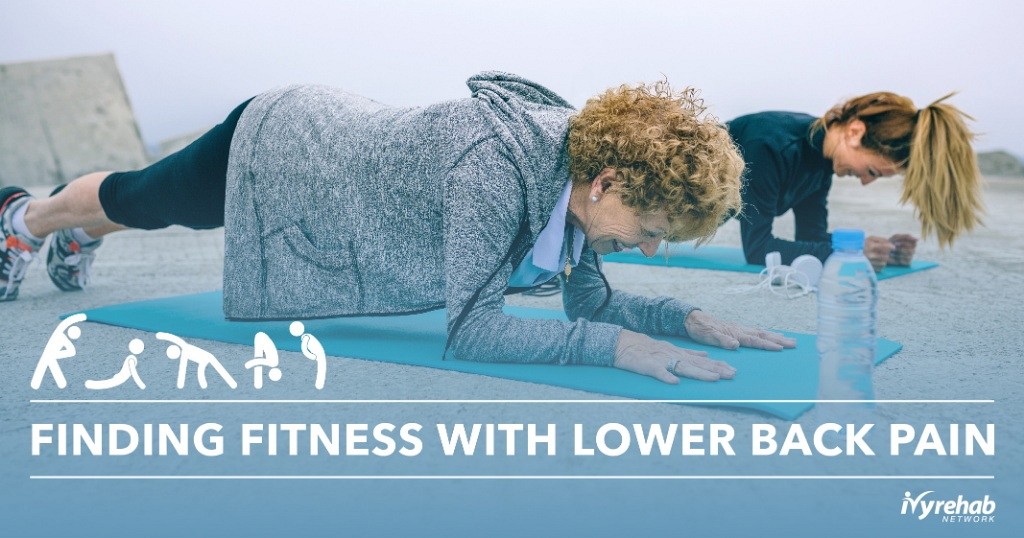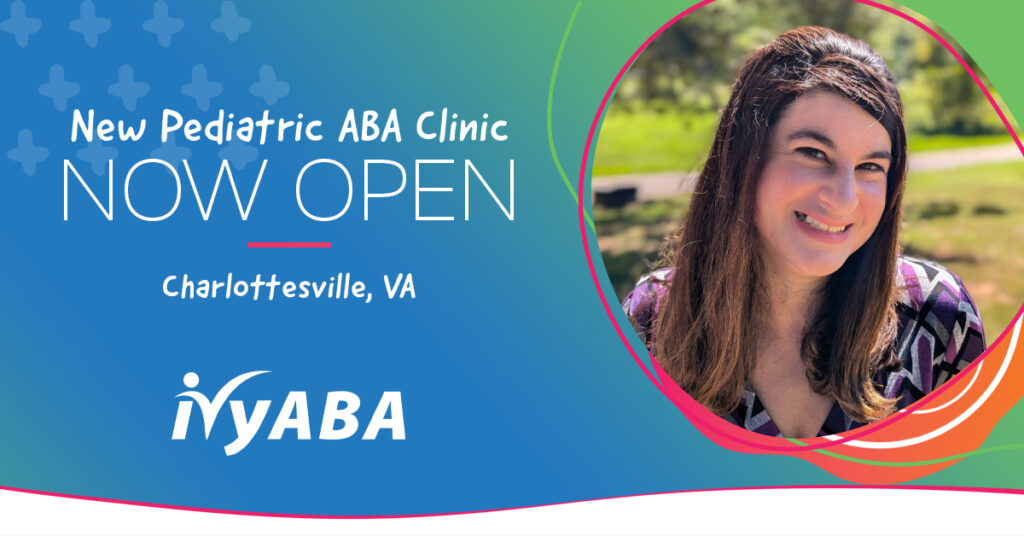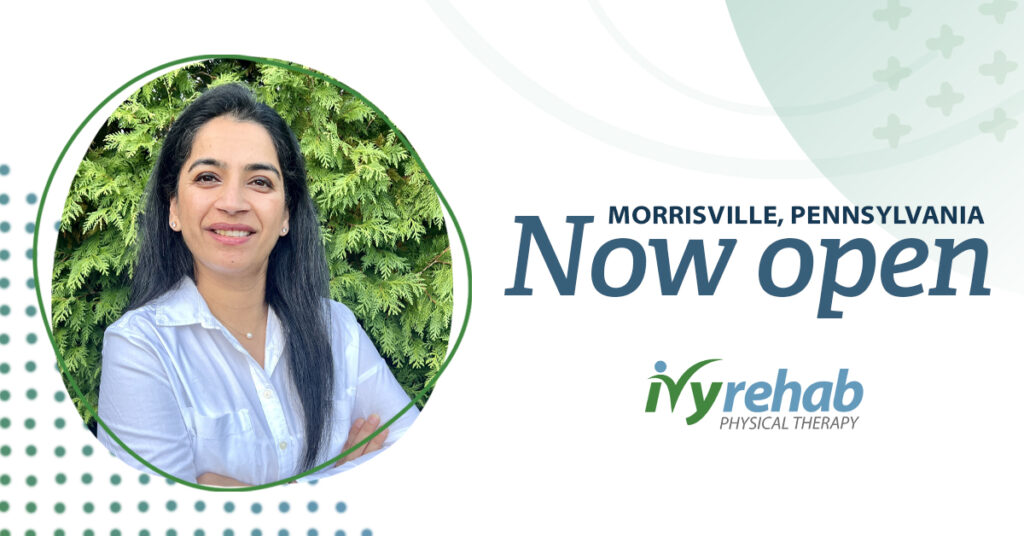The number of U.S. emergency room visits, pain medication orders, injections, imaging studies, and surgical interventions directed at lower back pain continue to rise. Physical therapists frequently meet people who report their fitness efforts have been hampered by low back pain. Here are five recommendations that can help those with lower back pain have more success in the gym.
Five Ways To Find Fitness With Lower Back Pain
#1 Do Not Exercise First Thing in the Morning
Ergonomic experts have found that many more industrial lower back injuries happen in the morning. The theory is that the discs in the lower back imbibe, or gain fluid, overnight and are more likely to deform with a physical challenge. Give your lower back one or two hours of walking around time before starting an exercise session.
#2 Isometric Strengthening of the Spinal Stabilizers
The function of your “core” muscles is to limit movement of the lumbar spine and pelvis. Stop all crunches, toes to bar, side bends, sit-ups, seated twisting. Learn how to perform bird dogs, side hovers, Pallof press, planks, and carries. Compliance with this single hint would reduce U.S. expenditures on lower back pain dramatically.
#3 Enhance Function of Hip Flexors and Gluteal Muscles
Eliminate forward spine flexion, toe touching, and spine twisting activities. Greater lumbar spine range of motion is associated with more – not less – lower back pain problems. Learn how to foam roll and mobilize the hip flexors and gluteal muscles. Prolonged sitting and most popular “cardio training” deadens these muscles. Properly functioning hip flexors and gluteal muscles keep the pelvis stable and take the stress off the lower back. Reawakening dormant gluteals and hip flexors are the magic that resolves long term lower back pain.
#4 Focus on Single Leg Strength Training
Ditch the front-loaded hip hinges, deadlifts, cleans, snatch, and drop the loaded squats. Swear off the lower lumbar deranging leg press. Reduce spinal compression and train the legs, one at a time. Single leg training reveals the right/left side movement asymmetries that drive lower back pain. Resolving these asymmetries and sparing the spine goes a long way to abolishing back pain. You will need some guidance on exercise selection and execution – which brings us to #5.
#5 Get Some Help
Exercise is the most powerful medication on the planet. Nothing else comes close. Take the proper dose of appropriate training and the results will be amazing. Take the wrong dose of inappropriate activity, and the results can be devastating. This is especially true for people with a history of lower back pain. Find a qualified physical therapist to guide you through your fitness journey. One way or the other you are going to spend time and money on your health. Proactive spending is always cheaper and more beneficial than reactive spending.
We’re Here to Help
If you would like to be seen right away for learning how to set-up an exercise program that mitigates your lower back pain, please set up an appointment with us at your local Ivy Rehab Physical Therapy Clinic. With one-on-one care, our therapists can develop a personalized program for you. Click HERE to find the nearest location to you!
Article by Holly Lookabaugh-Deur, PT, DSc, GCS, CEEAA
Holly Lookabaugh-Deur, PT, DSc, GCS, CEEAA is a practicing physical therapist and a partner and Director of Clinical Services at Ivy Rehab Network. Deur is board certified as a geriatric clinical specialist and certified exercise expert for aging adults with more than 35 years of clinical experience. She is certified as an aquatic and oncology rehabilitation specialist and serves as adjunct faculty at Central Michigan University and Grand Valley State University.







